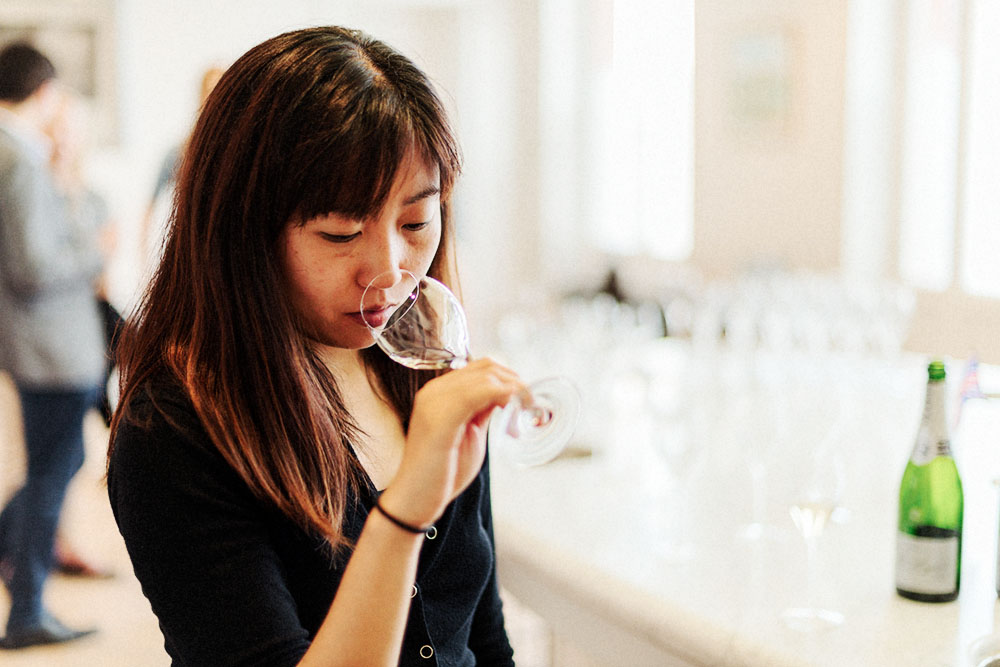Augment your gastronomical pleasure with multisensory meals

Some consider food a means of sustenance. For others, eating is rooted in tradition. Then there are those who delight in the dining experience, savouring every bite with glee and reveling in the artful presentation of a plate of gazpacho or halibut poached in milk. If a flavourful and visually appealing dish can enhance the dining experience, imagine what a meal augmented by factors that call on not just taste and sight, but all of our senses, can do for one’s gastronomical pleasure?
Qian (Janice) Wang, a researcher at the Crossmodal Research Laboratory at Oxford University, pondered this very idea after what she considers a life-changing dining experience. The scene: famed three Michelin-starred Chicago experimental hotspot Alinea, where edible green apple toffee helium balloons and skewered hot potatoes topped with a slice of black truffle and suspended above cold potato soup are standard fare, oft accompanied by complementary lighting and music, and plated with unusual serviceware like steel bows or a pillow releasing lavender-scented air. So mind-blowing was the experience that Wang, whose work then focused on music, technology and emotion at the Massachusetts Institute of Technology (MIT) where she was studying at the time, shifted her Master’s thesis to the interaction between music and flavour perception.
“I felt like ‘Okay, so you can actually do multisensory stuff at a restaurant,’” recalls the Chinese-born, Texas- and Vancouver-bred cognitive psychologist. “I really enjoyed the way they [Alinea] served food in playful ways, like a piece of octopus served on a miniature fishing rod and you had to go for it with your teeth, no hands.
“I felt like most people were looking at cool ways to cook the food (like molecular gastronomy), but not many people were thinking about the environment in which the food is presented. So, what I was interested in is how you can change the taste of the food without changing the food itself,” says Wang.
Formerly a software engineer, while employed at Microsoft, Wang went to Paris to complete a four-week intensive pastry course at Le Cordon Bleu. Shortly after, she left computer engineering and enrolled at MIT.
In addition to standard psychological experiments, Wang and her colleagues research into how our senses interact, also involving designing culinary experiences in the real world. Their findings, much like her curated sensory dinners, are as enlightening as they are complex. “The Mozart Flute Quartet goes well with Sauvignon Blanc,” says Wang, who also holds a Level 3 Award from the Wine and Spirit Education Trust. “Tchaikovsky’s String Quartet [No 1 in D Major] matched well with Château Margaux. Usually, we’ve seen that music changes people’s pleasantness ratings of the wine and also acidity or fruitiness ratings.”
Theories as to why certain music makes for tastier wine abound — “It might be because certain music brings your attention to certain attributes in the wine,” opines Wang. Regardless, while scientists consider different explanations, chefs, restaurateurs and Champagne houses like Krug, who called on both Wang and her colleague, Professor Charles Spence to back their Champagne and music pairings with scientific research, are capitalizing on these findings to enrich the experience for consumers.
Between organizing multisensory performances around London with fellow “crossmodalists,” running studies in Buenos Aires and Oslo, and offering a masterclass in the psychology of wine at the Oxford Wine Festival, in coming months, Wang, who is president of the Oxford Blind Tasting Society, will also train the varsity team for next year’s annual competition. And much like her experiments, her drink of choice is never without a musical condiment. “Liszt’s Au bord d’une source is fantastic with Riesling.”
